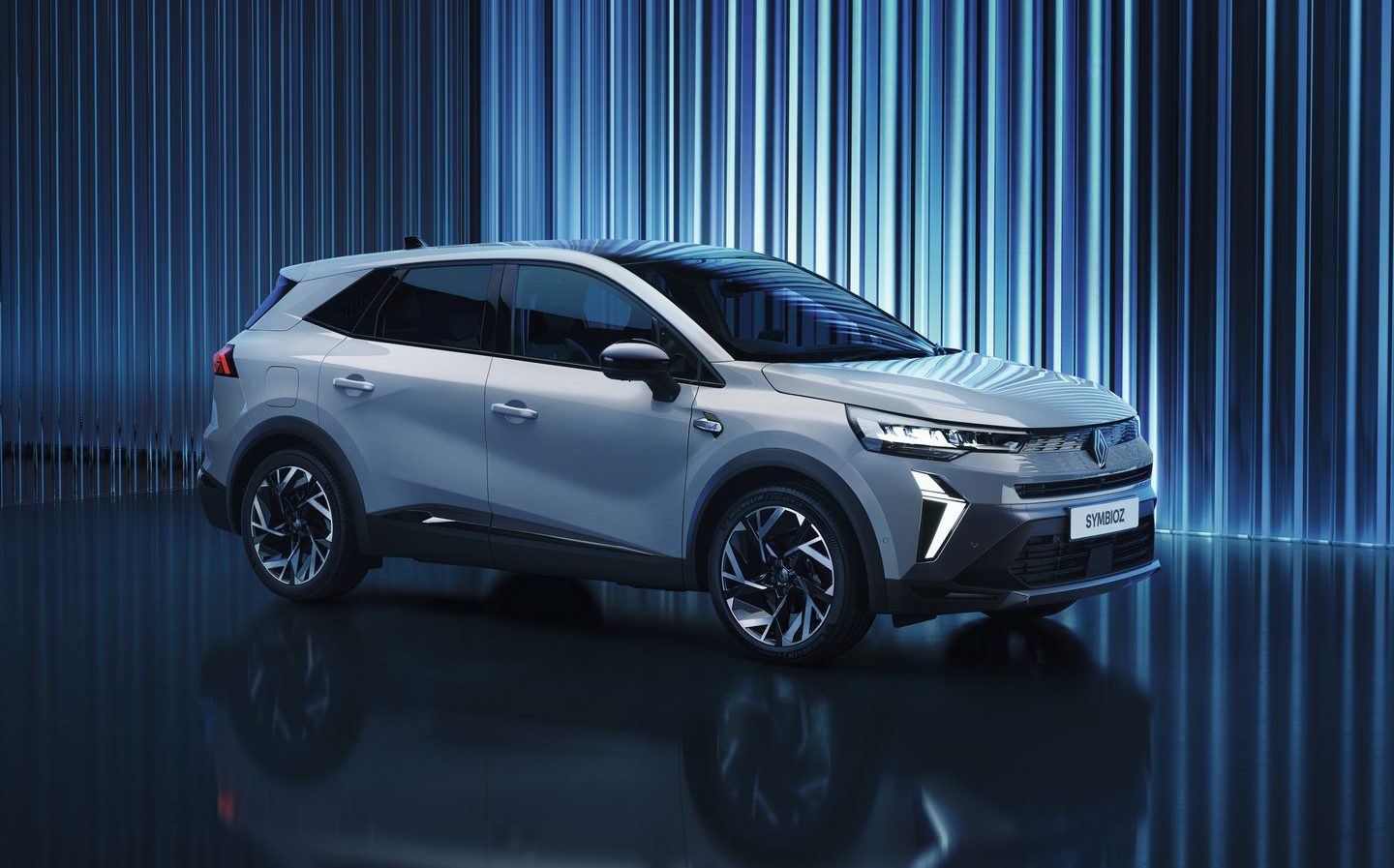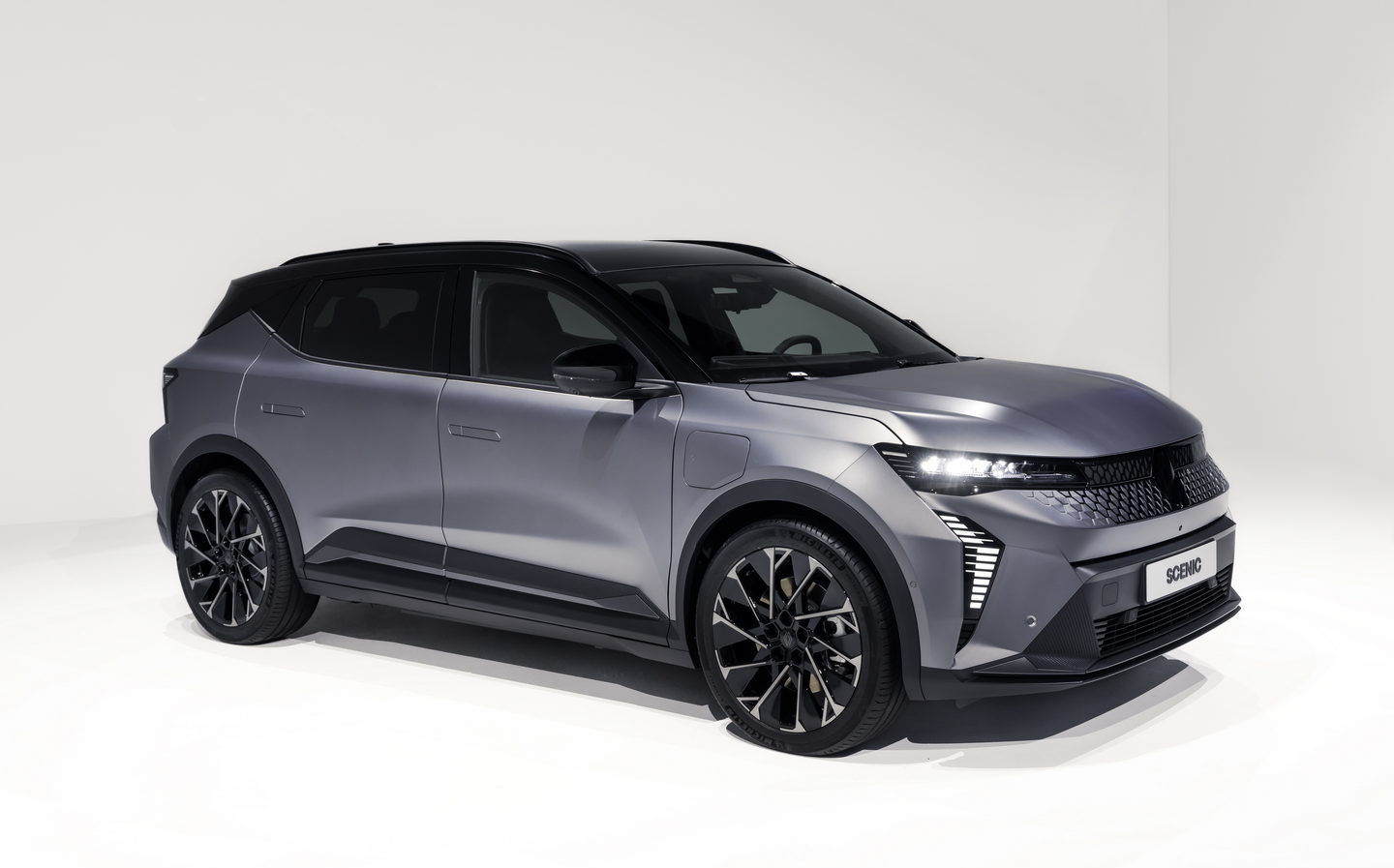New Renault Symbioz adds to French carmaker's fresh crossover SUV assault
Jean-Michel Jarre does the sound system
Renault has revealed its new Symbioz family-friendly crossover-SUV, one of the latest in a slew of models competing in roughly the same sector of the marketplace.
Known as the “C-segment” — popularised by cars the size of the Ford Focus, Vauxhall Astra and Volkswagen Golf, and latterly, their crossover spin-offs such as the Kuga, Grandland and T-Roc — Renault’s products are pretty thick on the ground here.
It is part of a company-wide assault on the sector under the strategic plan “Renaulution”, which started in January 2021.
And it means that, once order books for the Symbioz open in July of this year, the French outfit will have a number of crossovers on sale in broadly the same arena, including the Mégane E-Tech electric hatchback, Arkana E-Tech hybrid, Scenic E-Tech EV and Austral E-Tech hybrid.
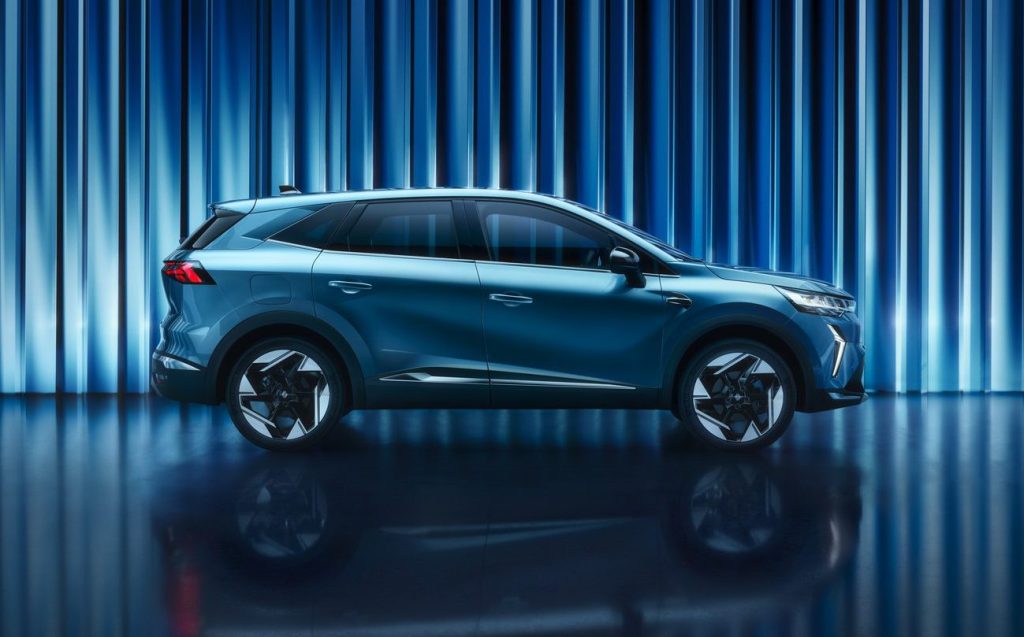
Similarities with the Scenic E-Tech
However, the Symbioz’s arrival possibly spells the end for the Arkana, while having hybrid power means it neatly complements the Scenic, which is electric-only.
Predictably, the Symbioz is about the same size as the Scenic. It’s just 6- or 7cm shorter and narrower than the EV, although it has nearly 15cm less space between the front and rear axles, known as the wheelbase.
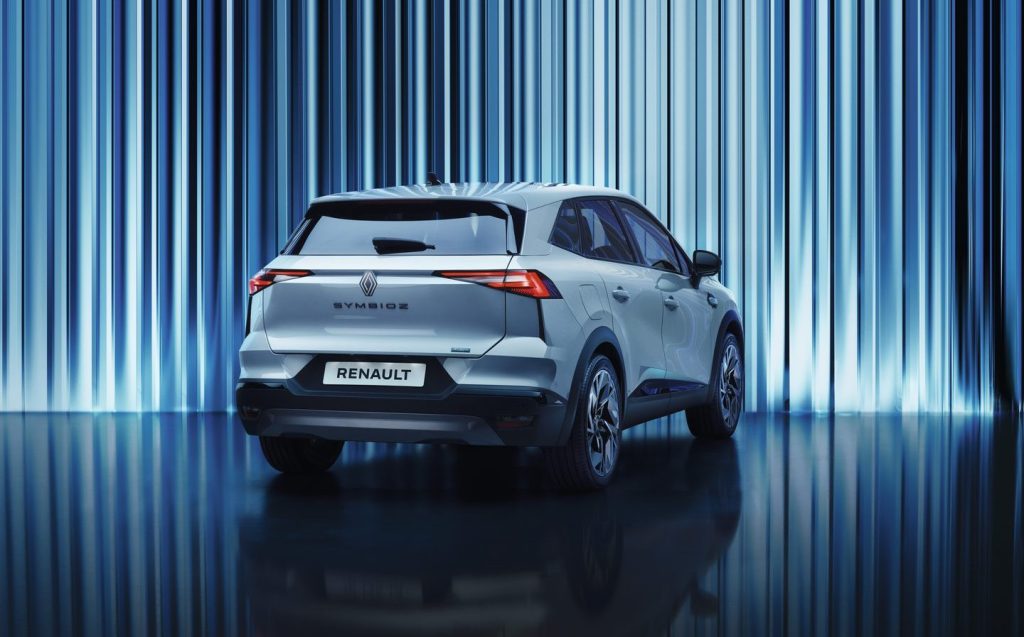
Nevertheless, it is a marginal 4mm taller than the Scenic and it has a maximum boot capacity with all five seats in use of 624 litres, which is greater than the EV’s 545-litre rating.
The Symbioz is also about 300kg lighter than the Scenic E-Tech, which is a not inconsiderable saving in mass.
Visually, you’d have to look fairly long and hard at pictures of the Symbioz and Scenic E-Tech to spot the differences, but they are subtly discrete machines.
Overall, the Symbioz is a good-looking contrivance, wearing the current Renault corporate styling themes of sleek headlight clusters, the large company diamond logo on the front grille and cleanly sculpted flanks with a tapering glasshouse (the shape of the windows along the sides of the car).
Versatility is key
In announcing the Symbioz, Renault made a big play of mentioning some of its most practical models of yore, including the 1965-launched 16 hatchback, the original Espace multipurpose vehicle (MPV), and even the older Scenic compact MPV models — the irony being the current Scenic E-Tech is now an SUV-shaped machine, rather than an MPV.
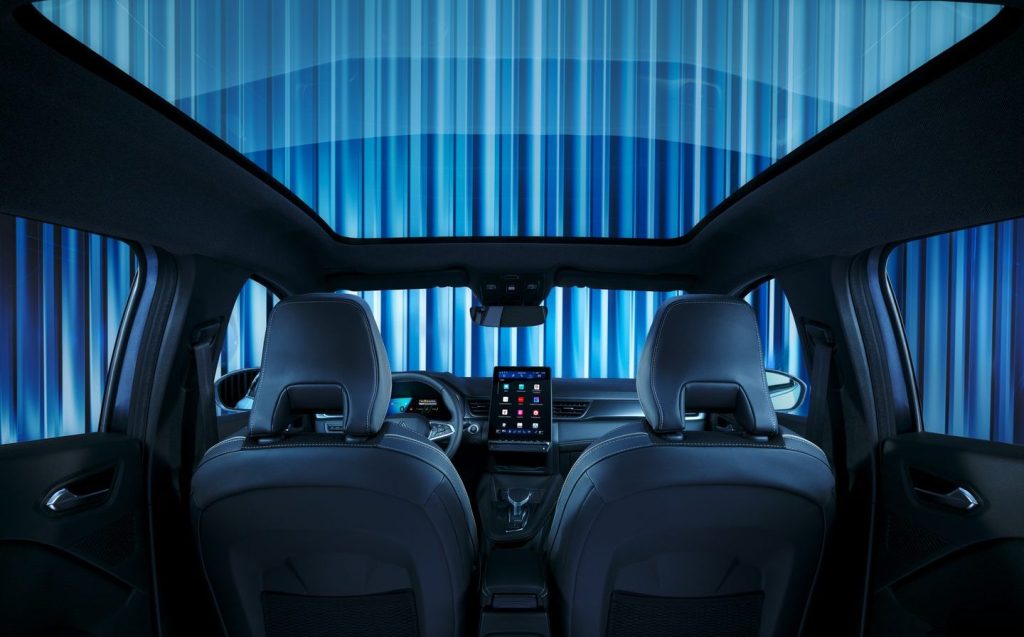
To that end, the Symbioz has a versatile interior, with a rear bench that can slide forwards or backwards by more than 160mm.
This means rear-seat passengers can have up to 221mm of kneeroom, which reduces the Renault’s boot capacity to a still-healthy 492 litres, or alternatively the seats can be slid forwards for the maximum 624-litre capacity.
Tumble the Symbioz’s 60/40 split-folding rear seats down and there’s as much as 1,582 litres of space, while the company is proud to say there’s another 24.7 litres of stowage dotted throughout the passenger compartment, seven litres of which is found in the glovebox alone.
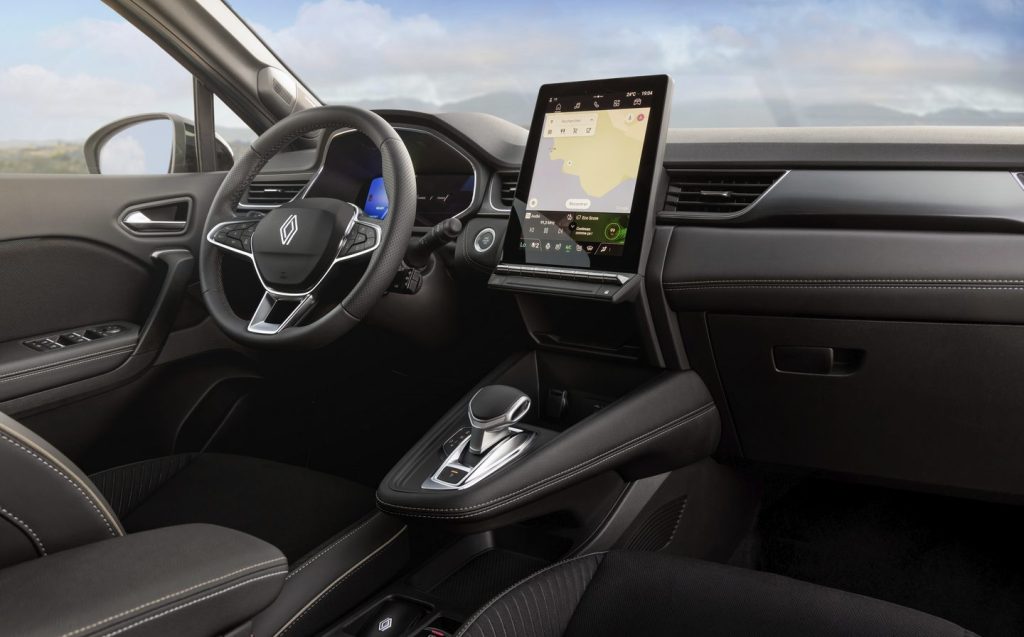
In terms of technology, a 10.4in portrait touchscreen contains Renault’s OpenR Link infotainment, with inbuilt Google and an Android Automotive 12 operating system in control.
This is paired to a 10.3in digital driver’s cluster, while further tech highlights include a “Solarbay” opacifying glass sunroof, a powered tailgate, 48-colour ambient interior lighting and a nine-speaker Harman Kardon sound system tuned by no less a musical luminary than Jean-Michel Jarre.
Target: 61.4mpg for Symbioz hybrid
Just one powertrain has been confirmed for the Symbioz so far, which is its 143bhp E-Tech hybrid system, as used in the Clio, Captur and Arkana models already, among more.
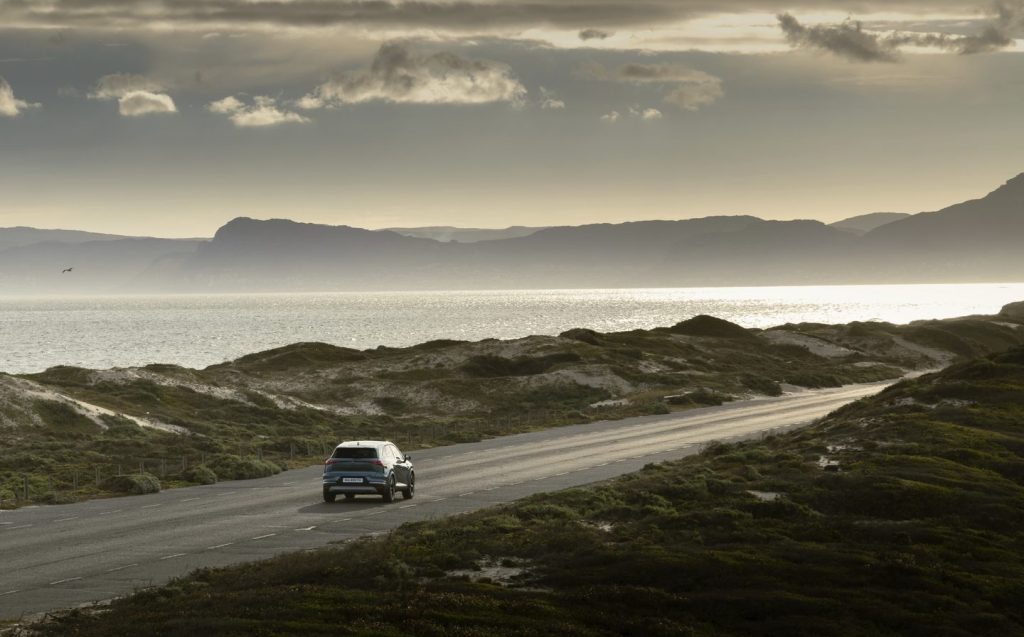
This pairs a 94bhp 1.6-litre petrol engine with two electric motors, as well as an “intelligent multimode clutchless dog ‘box” inspired by Renault’s Formula 1 involvement. This has four gears for the petrol engine and two for the electric motors, with the latter items powered by a 1.2kWh battery pack.
There’s no extensive list of data on performance of this drivetrain in the Symbioz yet, but Renault is targeting an official fuel economy figure of around 61.4mpg from this set-up.
Perhaps one of the most interesting aspects of the Symbioz is the “Human First” approach to the advanced driver assist safety (ADAS) systems. In the new hybrid crossover, this includes a button to the right of the steering wheel called “My Safety Switch”.
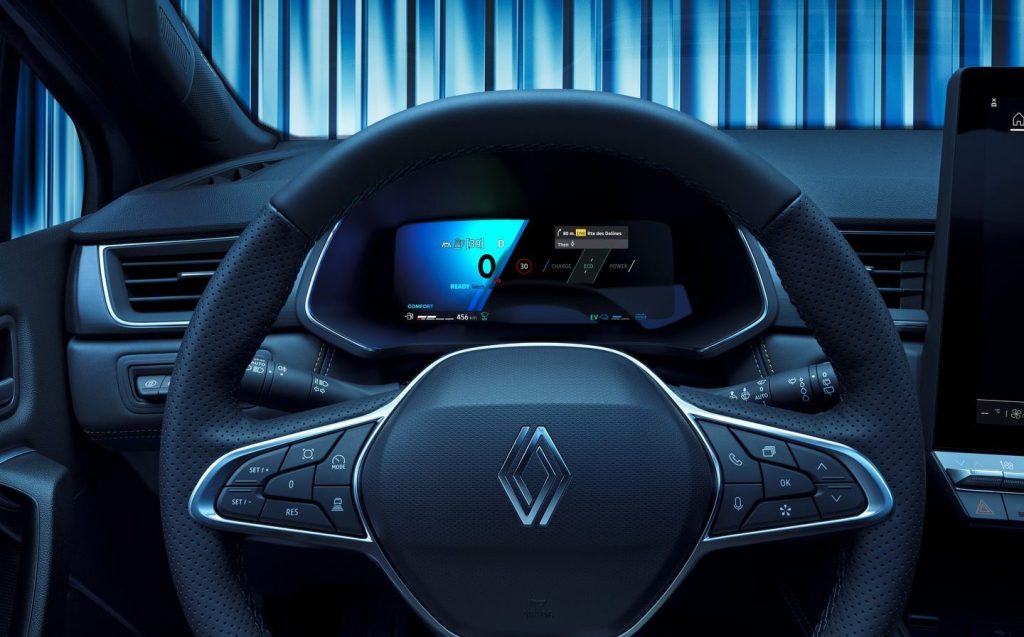
Through it, drivers can configure whether they want up to six ADAS features to be engaged or disengaged, meaning less time setting up the car by switching off various ADAS annoyances, each and every time it is started up.
Related articles
- If you liked reading about the new Renault Symbioz, you might like to read about the reinvention of the Renault Scenic as an electric SUV
- Read Will Dron’s comment piece on perhaps the most overlooked reason that private buyers are turning away from electric cars
- And we’ve looked at the question, will electric car prices go down in 2024?
Latest articles
- Aston Martin Valkyrie AMR-LMH hypercar hits track ahead of 2025 Le Mans challenge
- Porsche has begun testing the electric Cayenne
- Cupra Leon 272 eHybrid 2024 review: Bigger battery, better tech … but is it a Cupra?
- Porsche 911 GTS 2024 review: Hybrid heresy or more Stuttgart genius?
- Extended test: 2023 Vauxhall Astra Sports Tourer GS PHEV
- Ford Capri revival has faced a lot of flak… but are buyers put off? Here’s what visitors to the Festival of Speed had to say
- F1 2024 calendar and race reports: What time the next grand prix starts and what happened in the previous rounds
- ‘No timeframe’ for how long Volvo’s returning estate cars will be on sale in UK
- Kia Picanto 2024 review: Updates add spice to cute Korean city car


